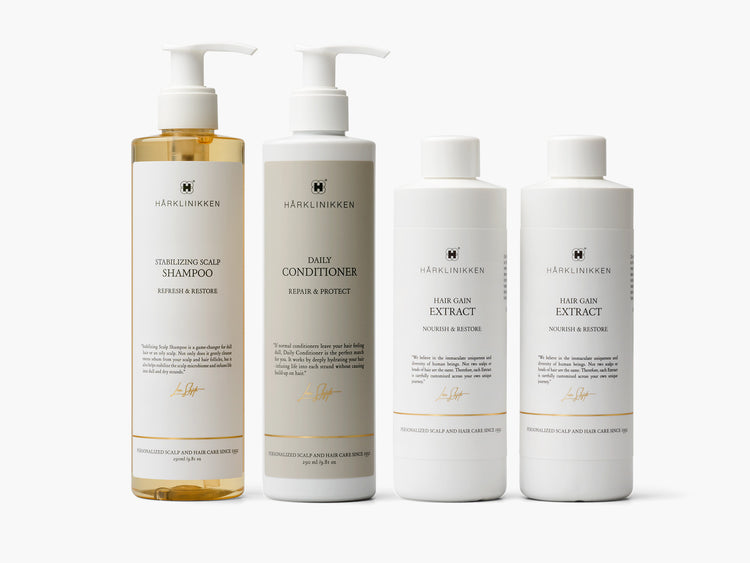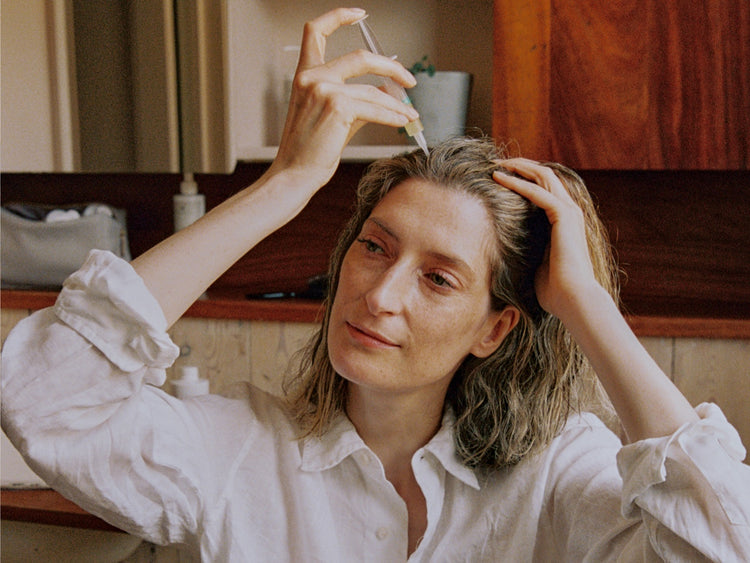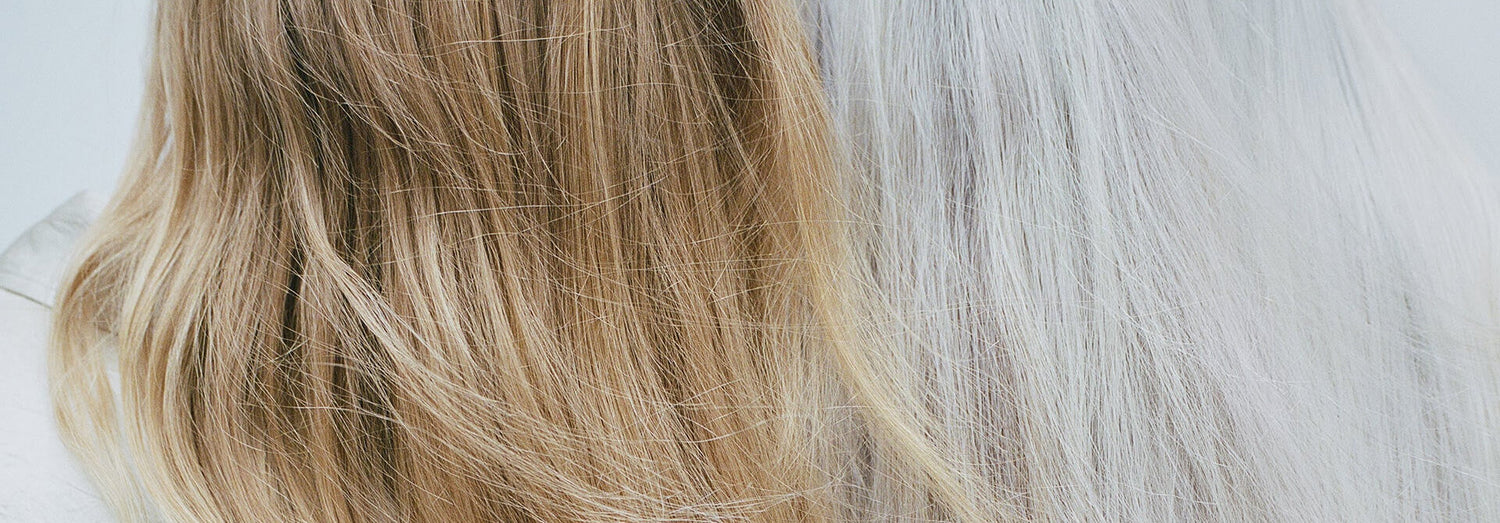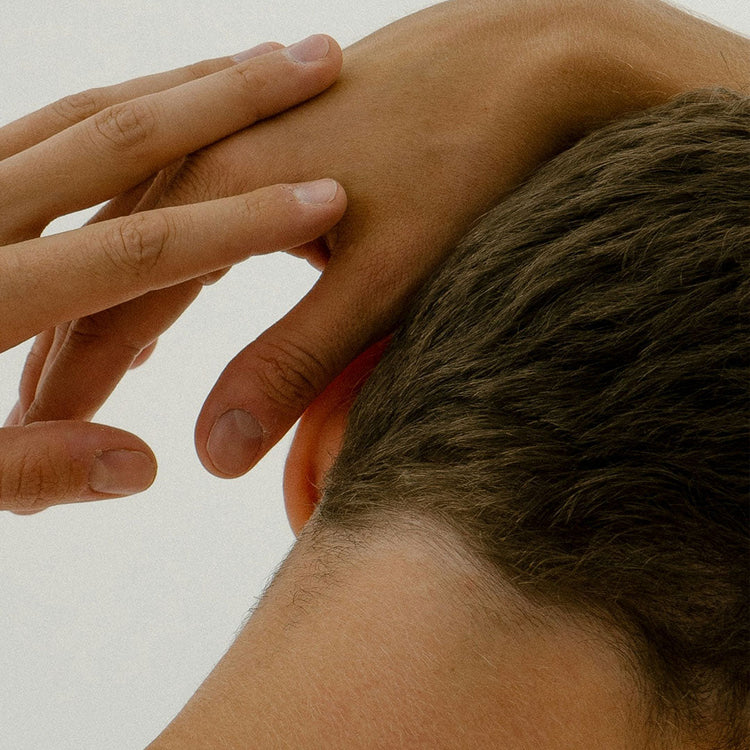Do Weight Loss Drugs Cause Hair Loss?
Do Weight Loss Drugs Cause Hair Loss?
Is GLP-1 medication making you shed weight- and hair? Find out why.
by Heather Lim
50 Results
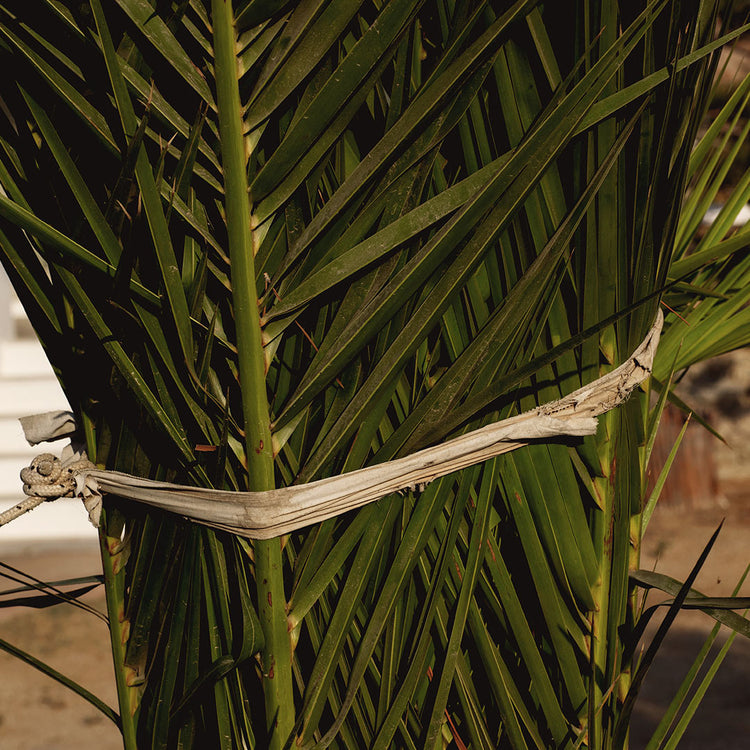
Conditioning, nourishing and rich in antioxidants, find out why this time-tested ingredient is in our Styling Gel.
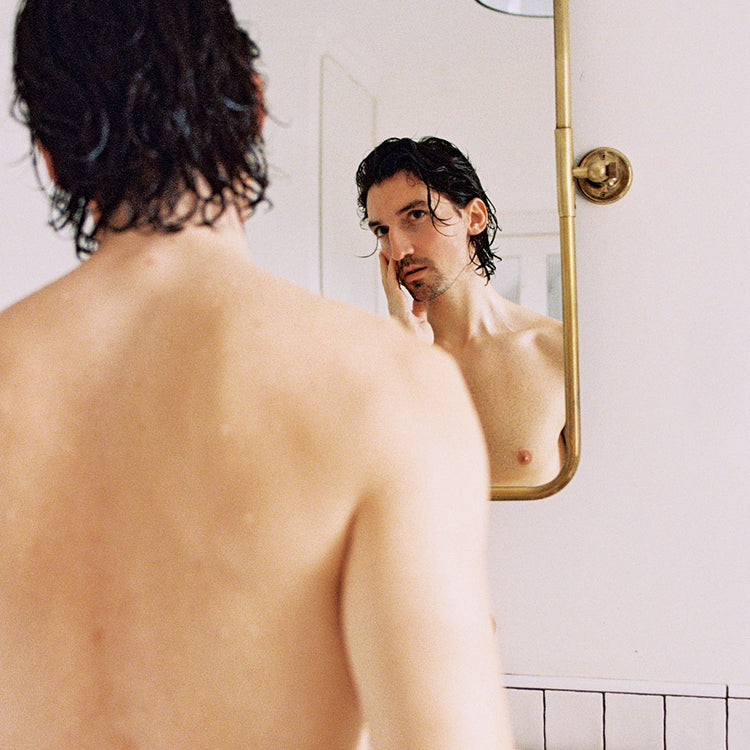
Just like wintertime, summer brings its own set of challenges for keeping your scalp and hair healthy.
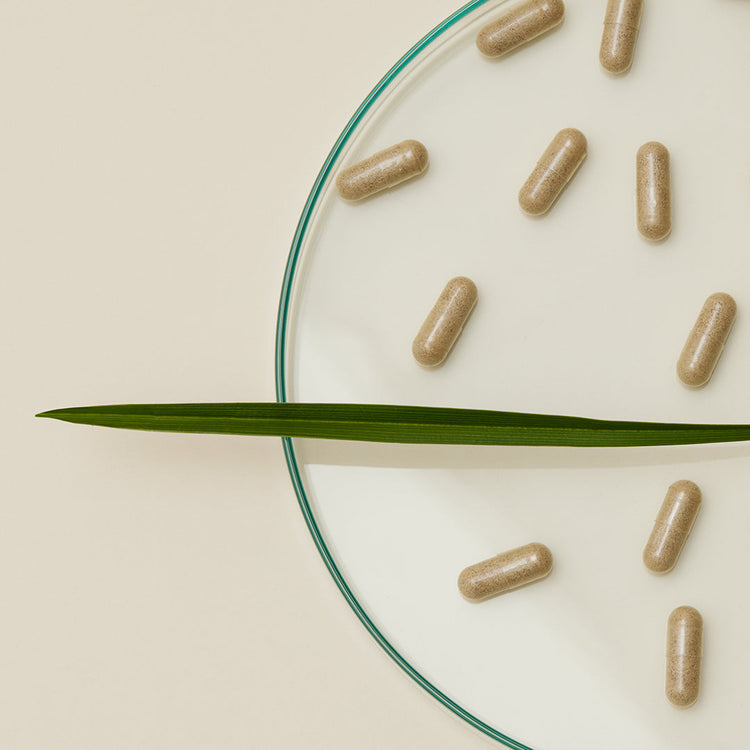
Meet one of the time-tested ingredients in our Hair Supplement, clinically proven to visibly boost thickness and density.
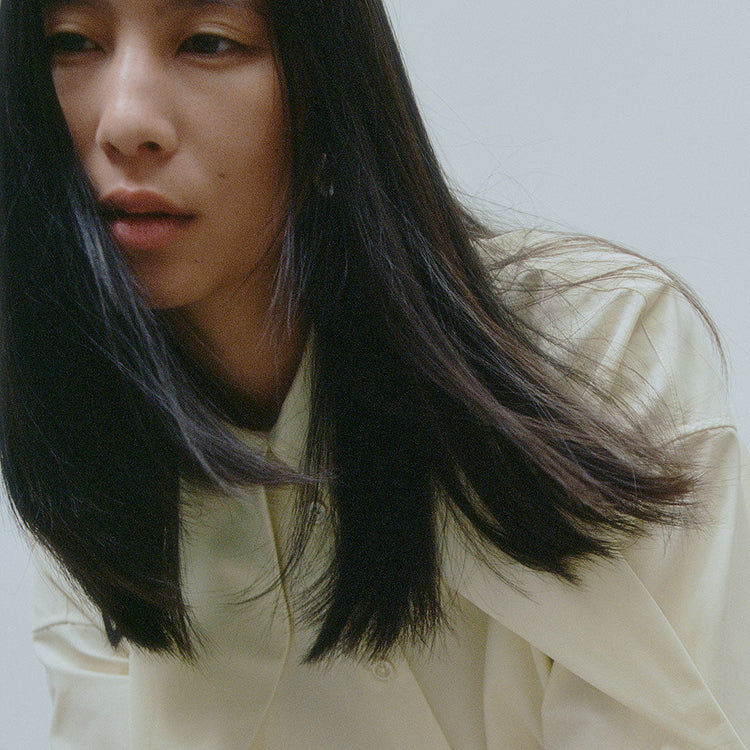
With the expertise of Hårklinikken Hair Specialists, we’ve compiled a guide to help you determine what healthy hair is – from roots to ends.
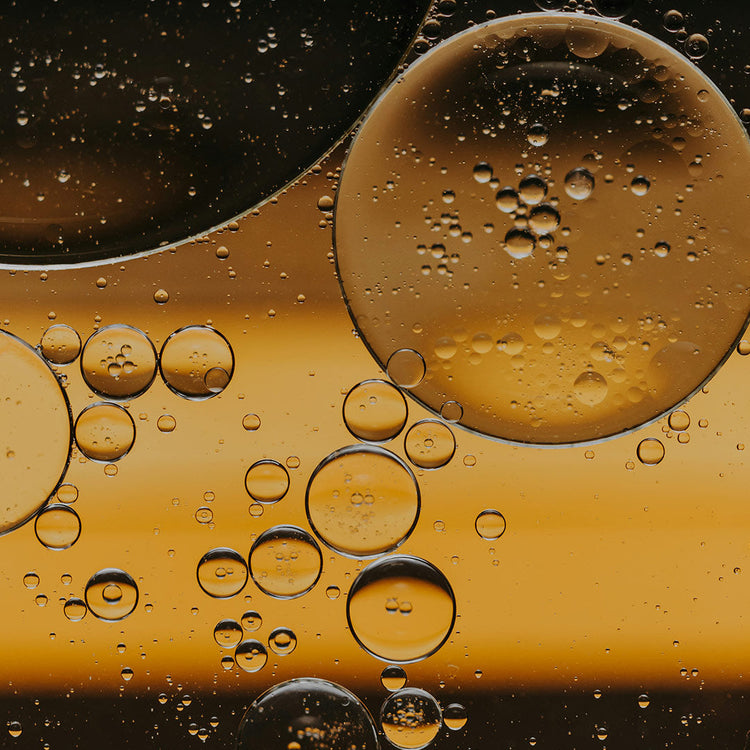
Packed with unsaturated fatty acids and vitamin E, this plant-based oil can benefit your strands.
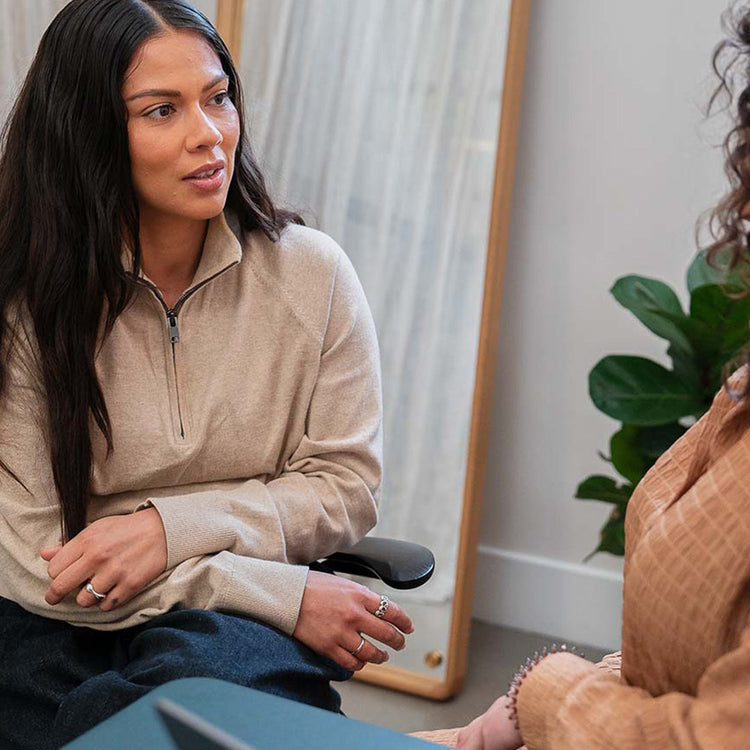
Read the most common queries and get expert answers.
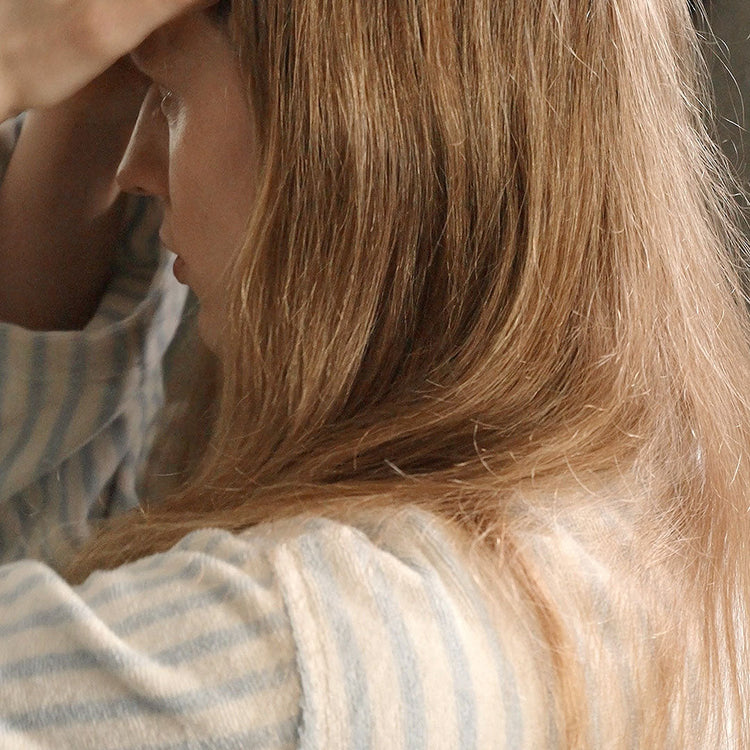
Chances are you have a multi-step skincare routine that’s become a welcome daily ritual, but what about your scalp? It’s very possible you’re neglecting it.
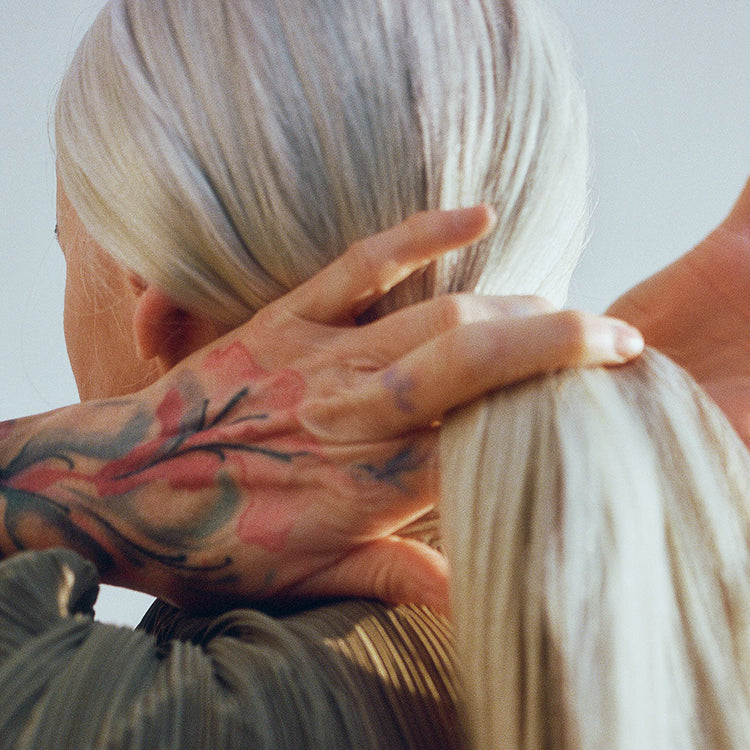
During this process, the hair follicle progressively shrinks over time – in turn producing strands that are thinner, weaker, more prone to breakage.
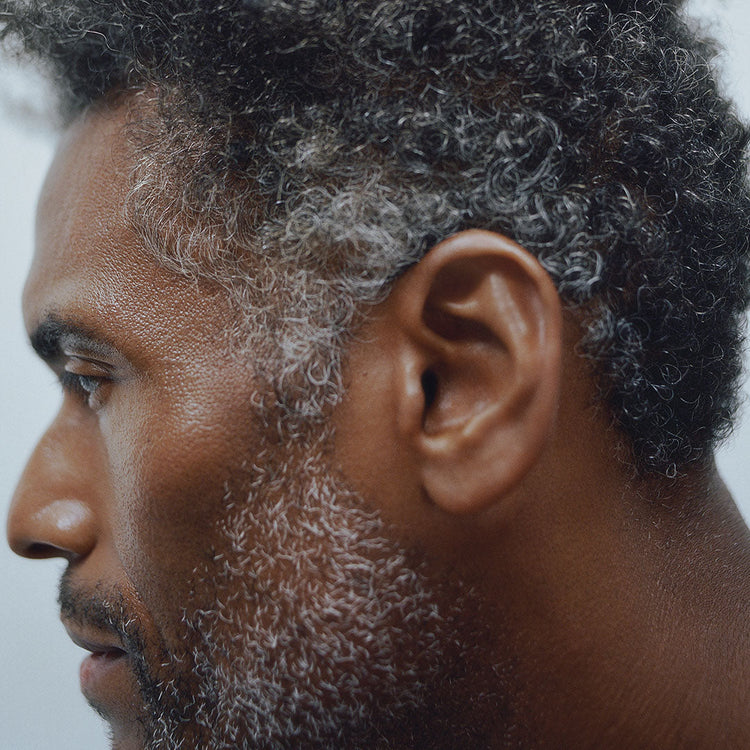
Around 66% of men will experience noticeable hair loss by the time they reach 35 years old. Find out why.
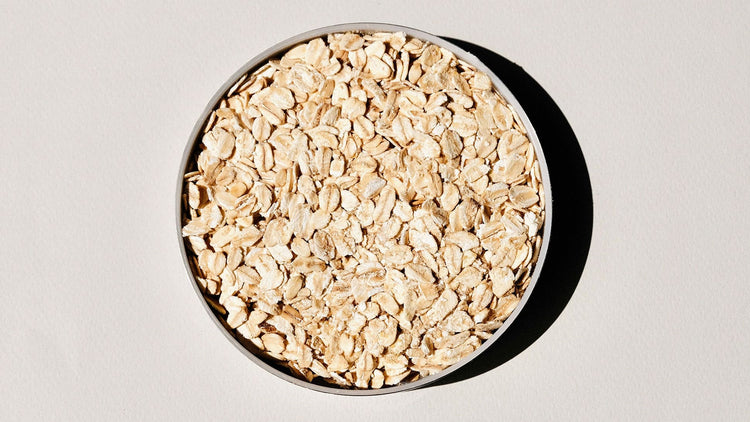
Oats, which have been used in food for over 30,000 years, are also widely known to have a myriad of benefits for skin, scalp and hair – but how?
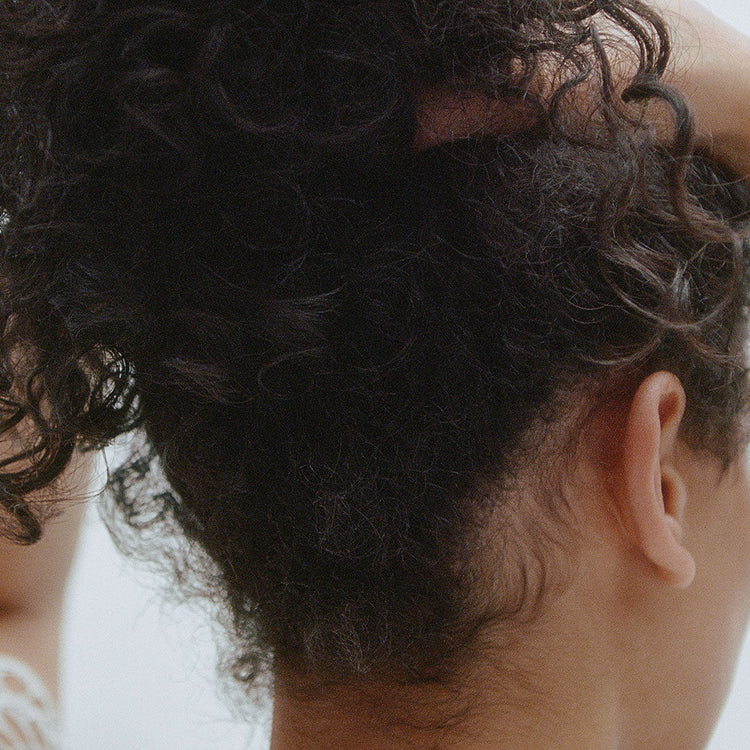
While density and thickness are different, they are terms that are often (incorrectly) interchanged, which leads to even more misconceptions.
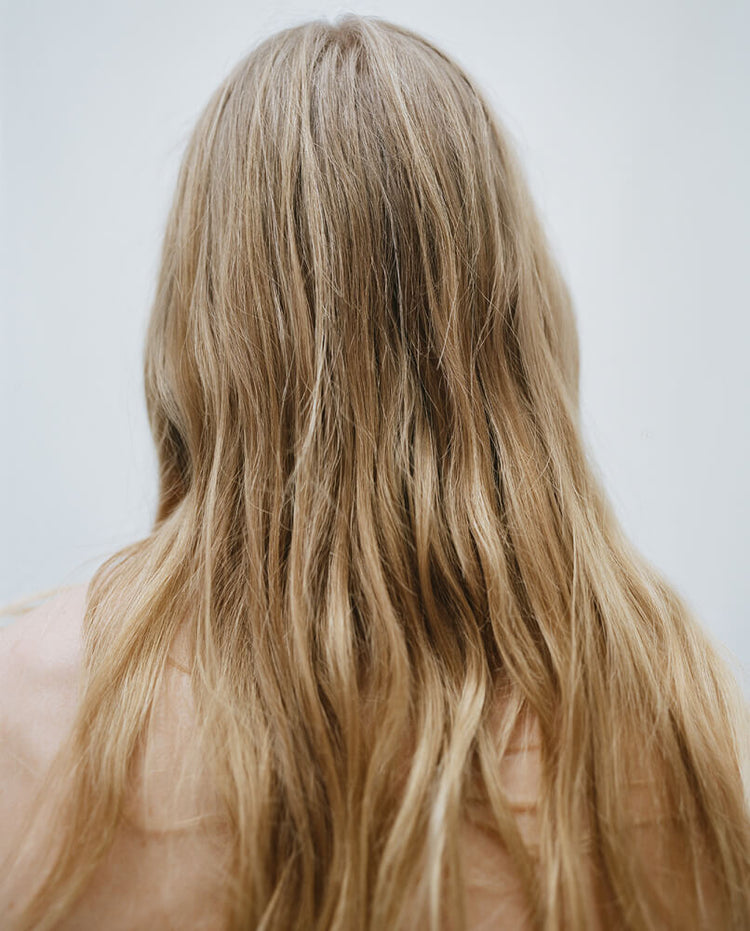
While they often appear similar, they are not the same. One condition is part of the hair growth cycle and the other is treatable.
